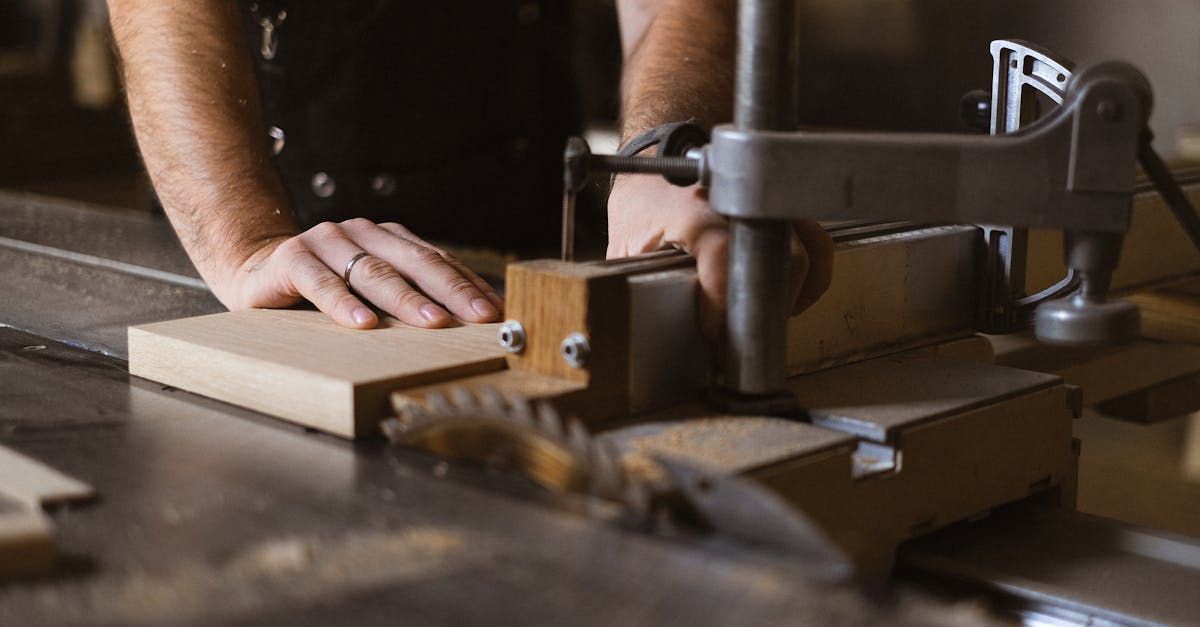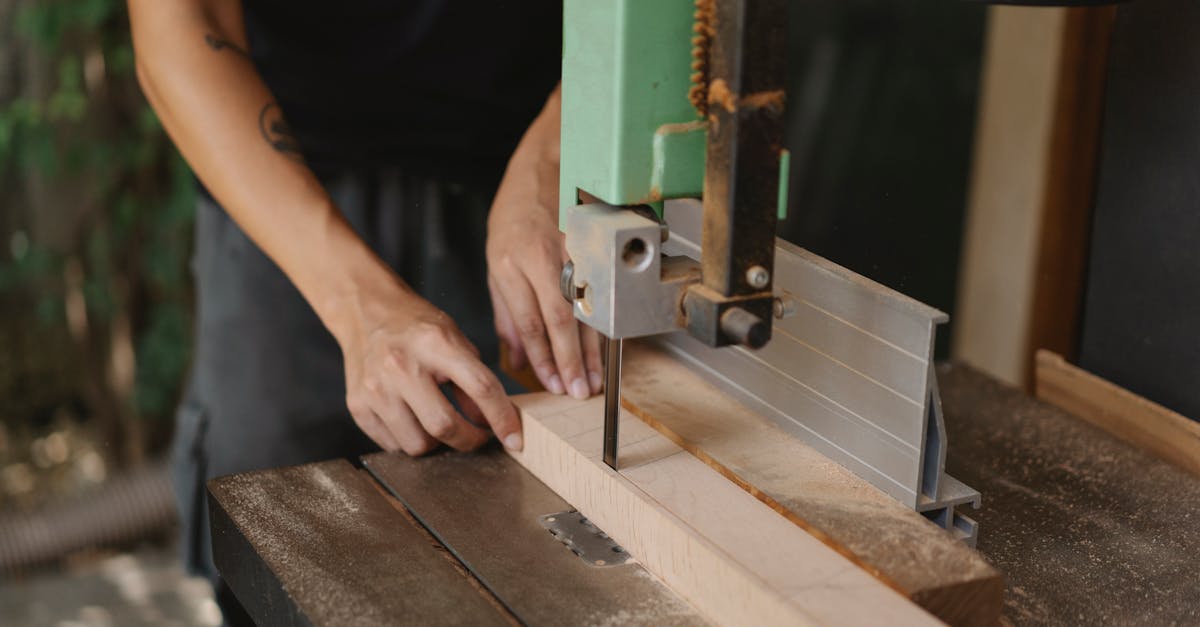If you’re a woodworking enthusiast, you know how important it is to have sharp table saw blades. Whether you’re cutting softwoods or hardwoods, a dull blade can cause rough cuts, splintered edges, and an overall unsatisfactory finish. However, sharpening a table saw blade can seem like a daunting task, especially for beginners. In this guide, we’ll walk you through the process of sharpening your table saw blades step-by-step.
Importance of Keeping Table Saw Blades Sharp
Table of Contents
Keeping your table saw blades sharp is crucial for producing smooth, clean cuts. Dull blades not only cause rough cuts but can also burn the wood, leading to discoloration and warping. Additionally, using a dull blade can put more strain on your saw, leading to premature wear and tear. By sharpening your blades regularly, you’ll save money in the long run by getting better cuts and having to replace your saw and blades less often.

Overview of How to Sharpen Table Saw Blades
Before we dive into the step-by-step instructions, let’s briefly go over the general process of sharpening table saw blades:
- Remove the blade from the saw
- Clean the blade
- Set up the sharpening stones
- Sharpen the blade
- Reinstall the blade
Now that you have a general idea of the process, let’s get into the details.
Tools and Materials Needed
Before you begin sharpening your table saw blades, make sure you have the following tools and materials:
Diamond Sharpening Stones
Diamond sharpening stones are a must-have for sharpening table saw blades. They’re durable and can handle the tough task of sharpening carbide-tipped blades. You’ll want to have at least two stones: one with a coarser grit for removing nicks and another with a finer grit for honing the blade.
Blade Cleaning Solution
It’s important to clean your blades before sharpening them to remove any built-up pitch or resin. There are many blade cleaning solutions available, but you can also use household items like Simple Green or vinegar.
Safety Gear
Sharpening blades can be dangerous, so it’s essential to wear safety gear. You should wear eye protection, gloves, and a respirator mask to protect yourself from flying debris and harmful fumes.
Other Essential Tools
In addition to the above items, you’ll need a few other tools to sharpen your saw blades:
- A flat file
- A sharpening guide
- A marker
- A screwdriver or wrench (depending on your saw)
Step-by-Step Instructions
Step 1: Remove the Blade
The first step in sharpening your table saw blade is to remove it from the saw. Make sure the saw is unplugged and use a screwdriver or wrench to loosen the arbor nut. Once the nut is loose, remove it along with the blade.
Step 2: Clean the Blade
Before sharpening the blade, you’ll need to clean it to remove any built-up pitch or resin. Apply the blade cleaning solution to the blade and let it sit for a few minutes. Then, scrub the blade with a soft-bristled brush or rag until it’s clean.
Step 3: Set up the Sharpening Stones
Next, set up your diamond sharpening stones on a flat surface. Make sure they’re secure and won’t move around during the sharpening process. Place the coarser-grit stone in your sharpening guide and adjust it to the correct angle (usually around 25 degrees).
Step 4: Sharpen the Blade
Now it’s time to sharpen the blade. Use the marker to color the teeth of the blade so you can keep track of which ones you’ve sharpened. Start with the first tooth and run it along the sharpening stone in a back-and-forth motion. Use light pressure and keep the tooth at the correct angle. Repeat this process for each tooth. Once all the teeth have been sharpened with the coarser-grit stone, switch to the finer-grit stone and repeat the process.

Step 5: Reinstall the Blade
After you’ve finished sharpening the blade, it’s time to reinstall it. Make sure the blade is facing the right way (the teeth should be pointing down) and tighten the arbor nut with a screwdriver or wrench. Give the blade a spin to make sure it’s secure and properly aligned.
Tips for Maintaining Sharp Blades

Keep Blades Clean
Clean your blades regularly to prevent pitch and resin buildup. You can use a blade cleaning solution, or a mixture of vinegar and water, to keep your blades clean.
Store Blades Properly
When you’re not using your saw blades, store them in a dry place away from moisture and humidity. You can also use blade protectors to prevent damage during storage.
Inspect Blades Regularly
Inspect your blades regularly for any signs of damage or wear. If you notice any chips or cracks, replace the blade immediately to prevent injury or damage to your saw.
Conclusion
Sharpening table saw blades may seem intimidating at first, but with the right tools and techniques, it’s a task that any woodworking enthusiast can handle. By keeping your blades sharp and well-maintained, you’ll save money in the long run and produce better quality cuts. Remember to always wear safety gear and follow the step-by-step instructions carefully.